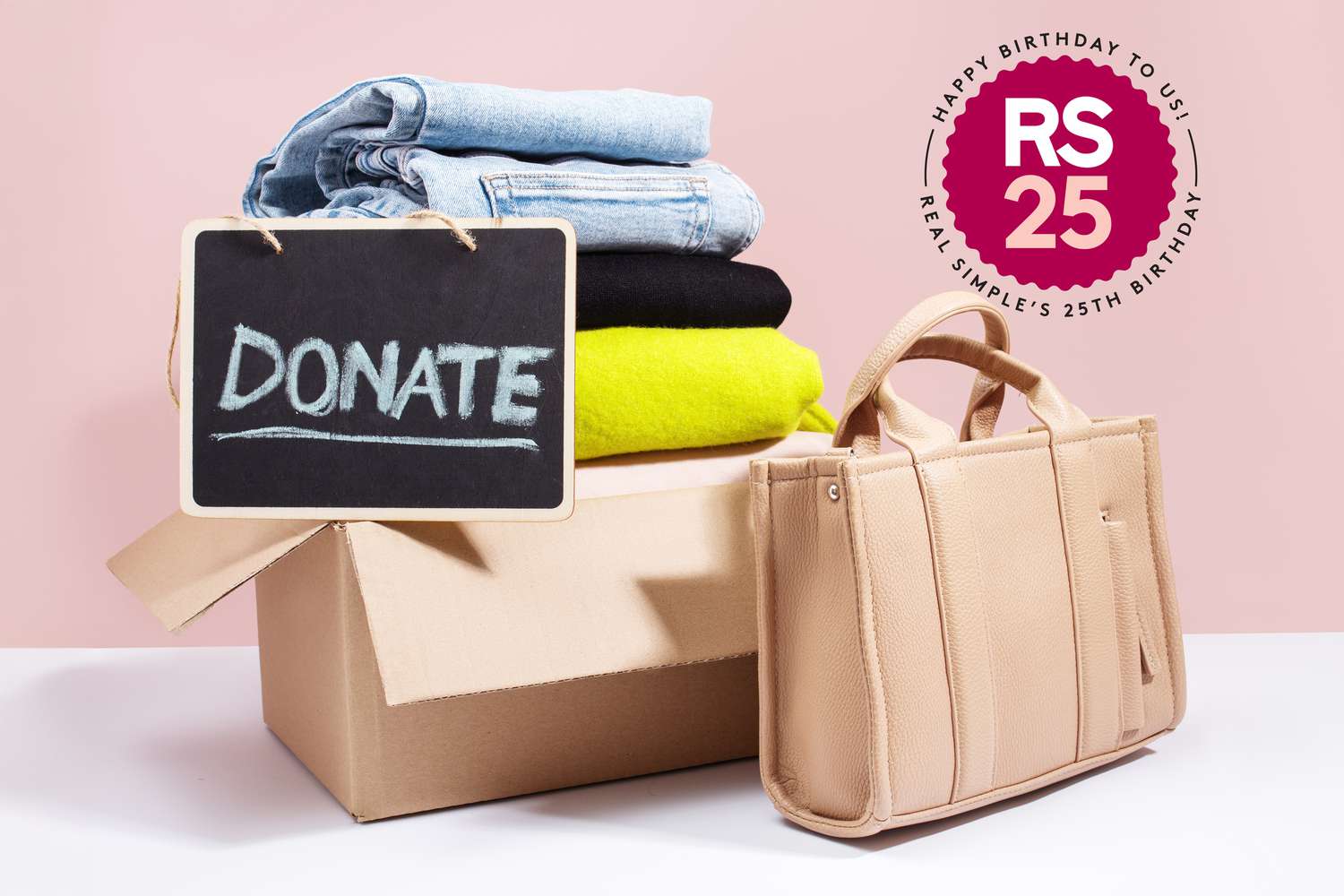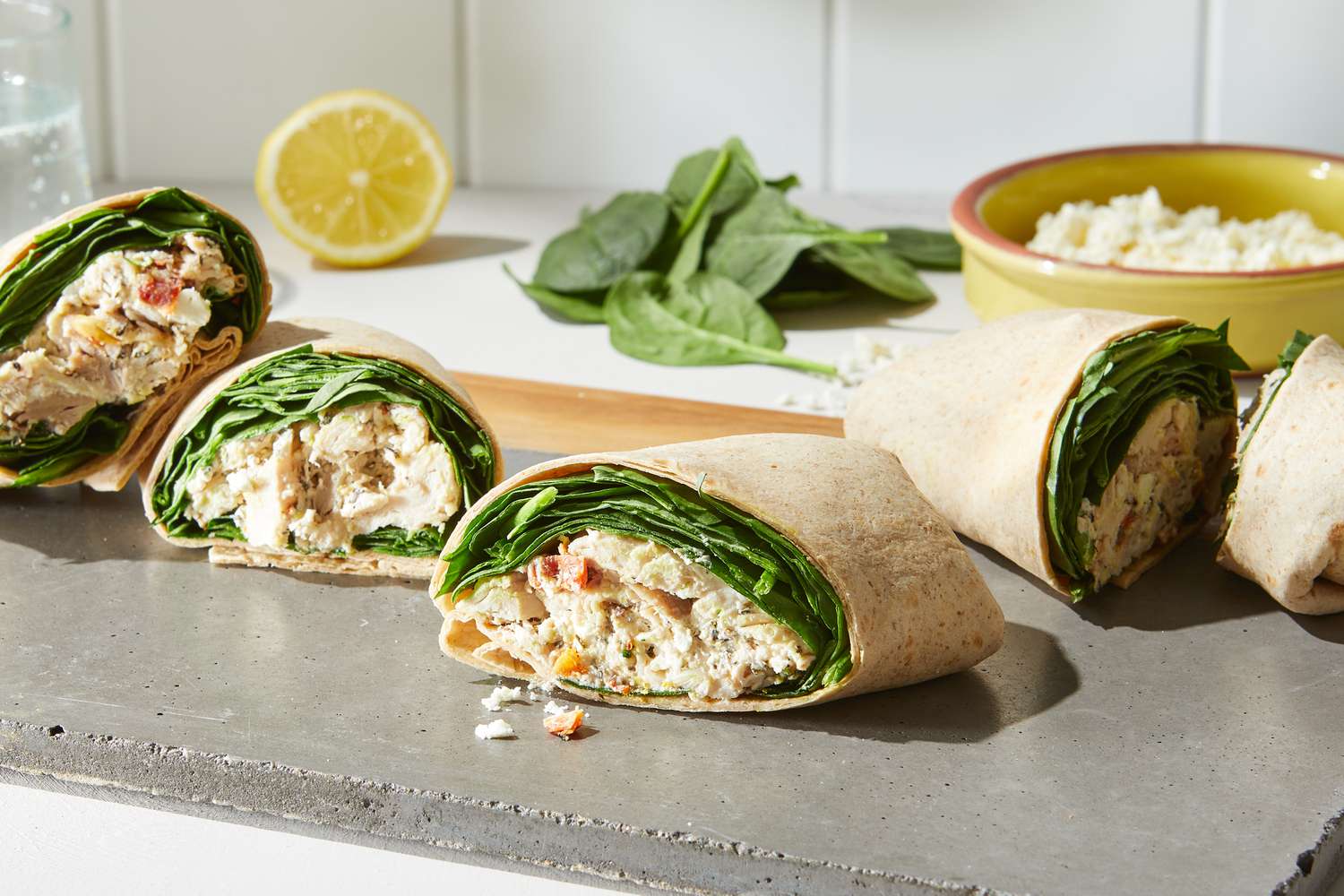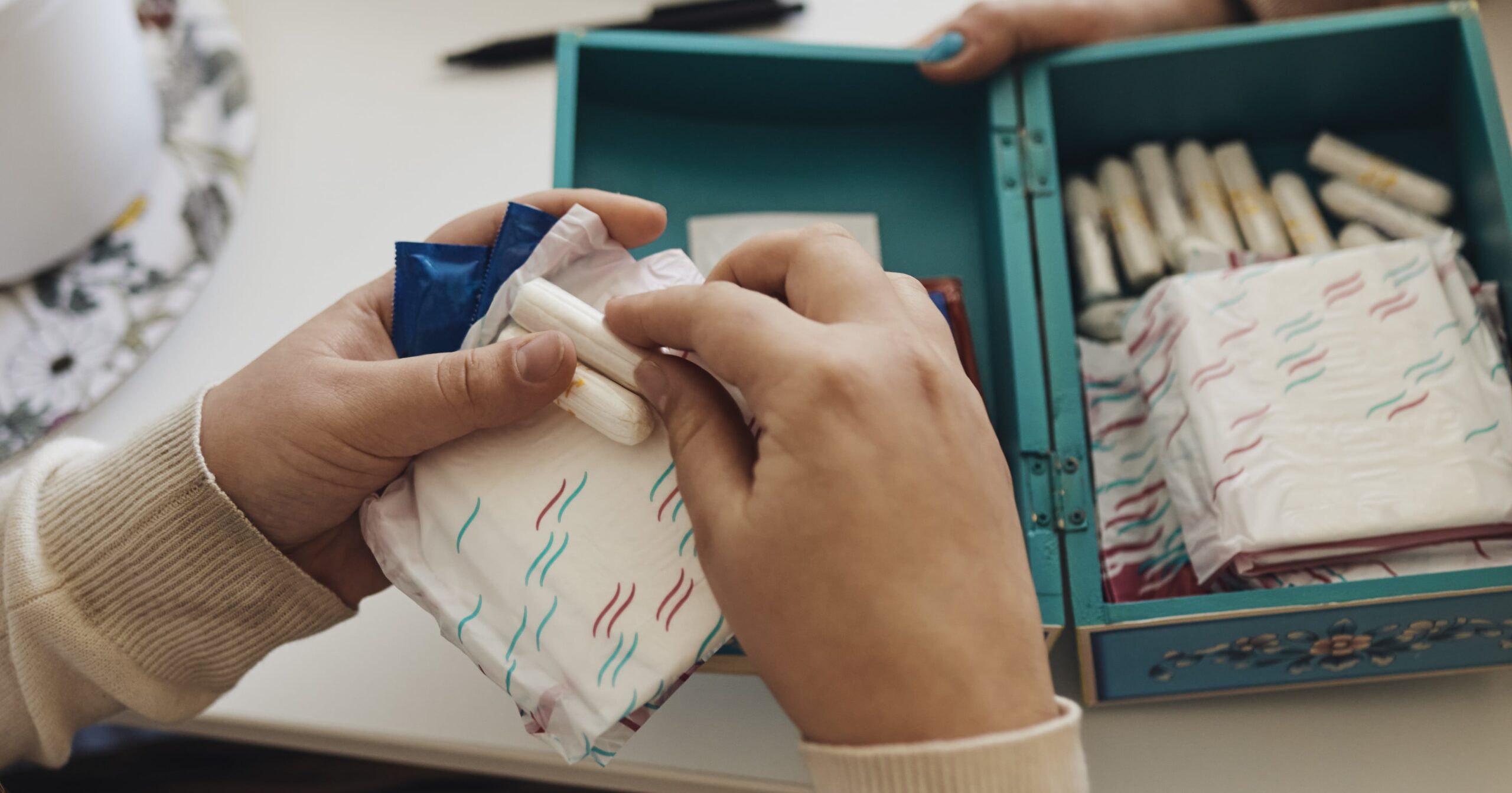
I’m a Reformed Hoarder—Here’s How I was Finally Able to Let Go of My Stuff
Two of my front baby teeth, an honorable-mention trophy I won in the fourth grade for a poem I had copied out of a comic book, and a clump of my friend Matt’s hair were a few of the bizarre things I brought with me eight years ago when I moved into my first apartment in Washington, D.C., with my husband.
I brought so much stuff with me, in fact, that we couldn’t even walk from the kitchen to the living room—or anywhere else. We had 850 square feet, and every inch of it was packed with my belongings. Imagine a maze with nothing but dead ends and you will have a basic idea of the disorderly conditions we called home.
This is an adaptation of an article that originally appeared in the March 2009 issue of REAL SIMPLE, written by Erin Rooney Doland. We’re sharing it as part of our ongoing 25th birthday celebration—and because the information is just as useful today as it was then.
Today I live a much simpler lifestyle, can easily maneuver through our house without tripping over a collection of oddities. So how do you jettison unnecessary possessions and kick your pack-rat ways for good? The trick is to change the way you think about your stuff.
Tear Down the Museum
In my youth, I was fearless. I forged strong friendships and created a history for myself that seemed worth remembering. So I held on to every trinket from my past. But I kept so many of these historical artifacts (see Hair, Matt’s) that I didn’t have any room for the present. I wanted to throw parties and have friends to visit in a home where they could actually sit down. So I photographed those old things, then cleared them out to make space for the next chapters of my life.
Assess True Value
A hefty chunk of what I moved into our home was obsolete computer equipment. When I looked at it, I saw dollar signs. Then my economist friend, Stephen, reminded me of the fallacy of sunk costs. I was sizing up those old computers based on what I had spent rather than their present value: close to zero. I sold the lot to a used-electronics store for $60 (not bad, considering) and got a much needed haircut with the cash.
Know Thyself
I liked to think of myself as someone who exercised every day by running on a giant motorized treadmill, read all the literary classics, and baked cookies for every special occasion. The reality? I am not a runner, I like to read pop fiction, and cookies aren’t really my thing. The treadmill, the boxes of books, and some kitchen gadgets all found new homes.
Trust Me, You Won’t Fix It
Most of the broken things I had brought with me were shoes. Heels or straps had come off, and I was convinced I would someday have them repaired. My husband held the shoes up in front of me, pair by pair, and asked two questions: “If you saw these shoes in a store today, would you buy them?” and “If you say yes, how much would you pay for them?” In all but one case, I admitted that I wouldn’t buy the shoes again. And those red kitten heels with the broken sole? The amount I was willing to pay was less than the cost of having them fixed.
Do Look a Gift Horse in the Mouth
My decorating tastes may change over time, but I am fairly certain I will never enjoy a home filled with a series of rhinestone-accented paintings of scary clowns. Yet I had hoarded these and other unattractive presents because I thought that was the decent thing to do. I also wasn’t sure what I would say if someone noticed his gift missing and asked why. Well, you know what? No one has. Not even the bestower of scary clowns.
Adapt to Your Surroundings
I had a used Volvo 740 GLE that was the first car I had purchased after college. Before I moved to Washington, I lived in the Midwest, where it was tough to get around without a car. In D.C., however, we lived next to a metro station, and there was a grocery store two blocks away. The price of parking sealed it: The GLE was G-O-N-E.
Just Admit You Don’t Like It
As I sorted through my stuff, I became aware of the fact that I didn’t even want some of it. There were things I didn’t exactly like but didn’t exactly hate—and so lived with them out of pure apathy. This was the easiest clutter to set free. All it took was a little motivation to pack up a few boxes and drop them off at a local charity.
Know What You Really Need
Often what we need is only related to the thing we have. For instance, I had a huge popcorn maker but could easily pop the modest amount of corn we consumed in a small pot on the stove. Out it went. I also had thousands of documents in bulky filing cabinets. But I needed the information on the pages, not the paper itself. I kept just the documents I had to have in their original form, scanned and saved others as digital files, and tossed the rest—eliminating 300 pounds of paper.
Let Go of the Guilt
When my grandparents passed away, I inherited a collection of 27 rusty knives, a warped cookie sheet, and a copper bracelet my grandmother had loved to wear. I kept all these items for more than a decade. Eventually I realized that if my grandparents were alive, they would have replaced the cookie sheet and knife set (and been mortified that my aunts had passed on such dangerous accoutrements). I recycled the kitchen implements, but I kept the bracelet, which I wear and enjoy as much as my grandmother did.
Face It: “One Day” Almost Never Comes
I justified keeping half my wardrobe on the basis that I would use it one day. The hot pink bridesmaid dress from my cousin’s first wedding took up space in my closet for four times the length of her marriage. I hate throwing out potentially useful things. But we couldn’t afford a larger apartment; storing all those “one day” items would cost more than they were worth; and, an even simpler truth, I have yet to be invited to an event at which a fuchsia dress with taffeta bows might seem appropriate.









